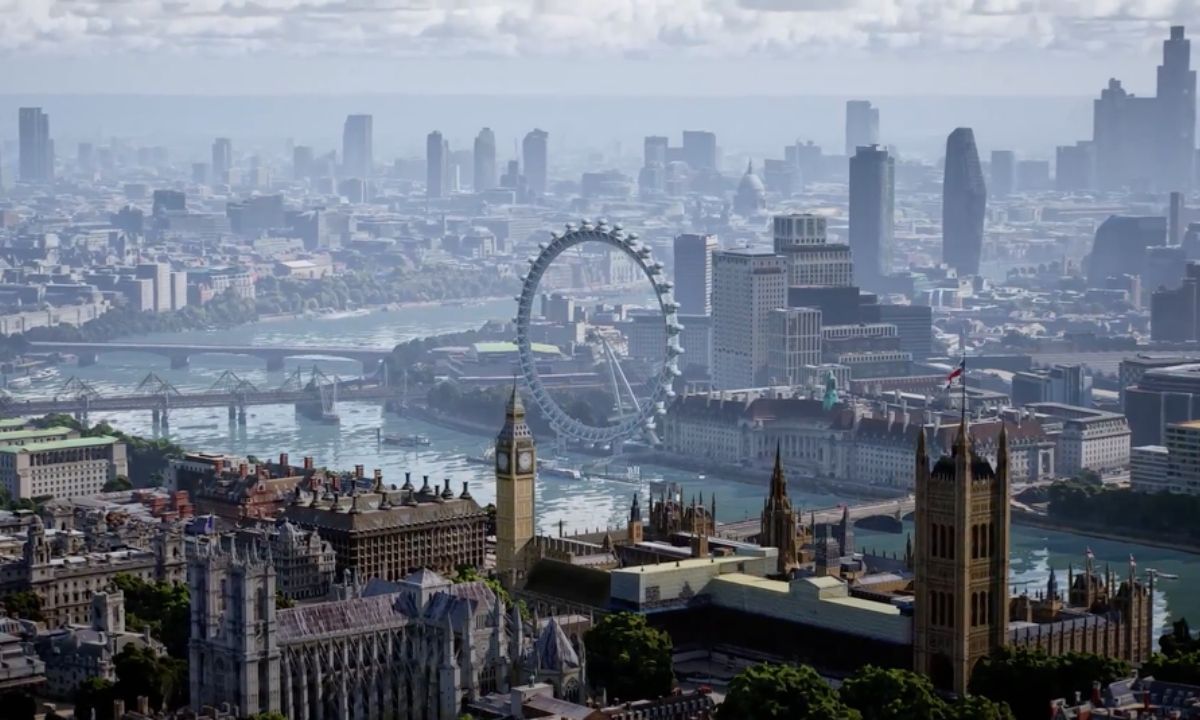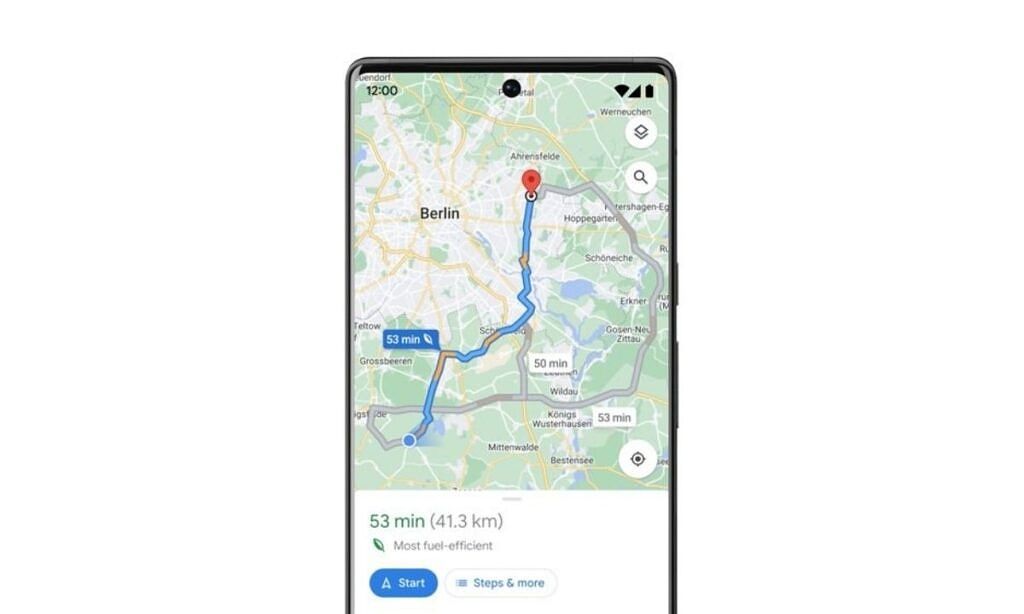Google announced a bunch of new features and additions to its services at the Google I/O 2022 developer conference today. Perhaps the one that stands out the most, and is also likely to be used the most in the future, is the new "Immersive View" in Google Maps. Immersive View, as the name suggests, will allow you to get a better, more detailed look at a particular location in the Google Maps application. It's essentially a new way to experience what a location, landmark, or even a restaurant will be like.
Google gave an example of what the city of London looks like in its new Immersive View. Take a look in the tweet embedded below:
What's more impressive about this new feature is that Google is using advanced computer vision and AI to fuse together billions of Street View images to produce the visuals. That's right, Sundar Pichai noted how they aren't using a drone to capture the footage, and instead used AI to fuse together Street View and aerial imagery to create stunning visuals of various locations in the world. It's truly a new way to explore key landmarks, venues, restaurants, and other places of interest.
Google also noted how it will allow you to use a "time slider" to see what a particular location will look like at a different time of the day. Notably, you'll also be able to look up the local weather and traffic conditions to plan your trip or a visit to the given location in a better way.
It is, however, worth pointing out that this feature won't be immediately available to everyone right now. Google says it will begin to roll out to major cities including L.A., London, New York, San Francisco, and Tokyo later this year. You can also expect it to work across platforms and devices, starting with an initial rollout on Android and iOS devices.
Eco-friendly routing
Additionally, Google also announced that it's bringing the eco-friendly routing feature to Europe later this year. This feature, in case you're wondering, was rolled out in the US and Canada last year. It allows drivers to find the most fuel-efficient routes to their destination. The company says this feature has saved more than half a million metric tons of carbon emissions already, a figure which is expected to double with the European expansion.


